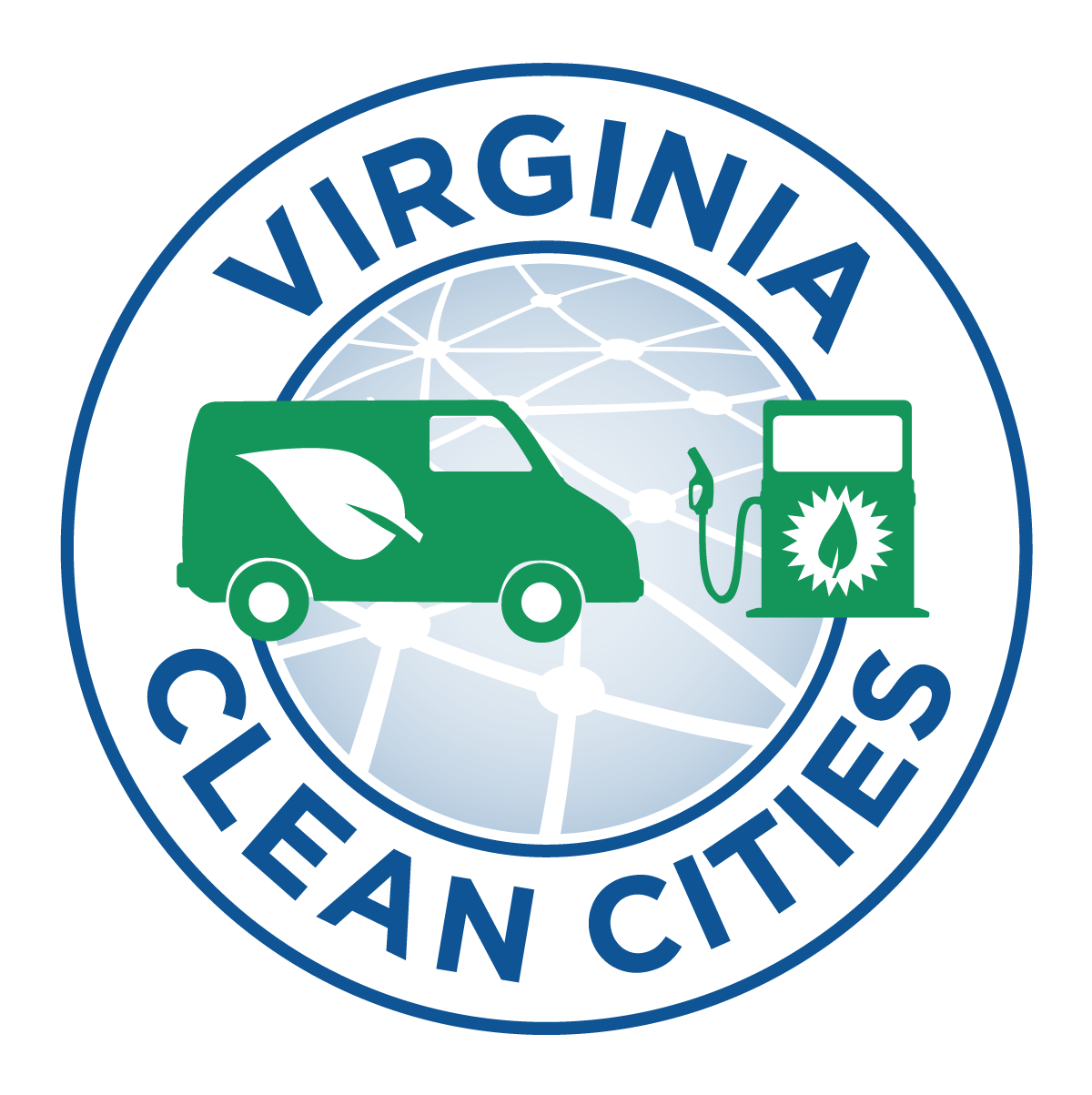In 2021, the United States and Virginia are at an approximate 2% adoption rate of Electric Vehicles (EVs). In order to support the new EVs that will be hitting the road in the coming years and expand EV access to all people, we will need to increase the availability of electric vehicle chargers.
Planning EV infrastructure can seem like a daunting task, but there are many tools that can aid localities in this process. When beginning to place or plan EV infrastructure, vehicle and charger adoption projections can help a state or locality gauge their needs. Here we discuss the statewide charging needs for the Commonwealth of Virginia.
Below is the statewide output from the EVI-Pro Tool Lite for Virginia. To support 10% EV ownership, or 733,099 plug-in electric vehicles, the following charging plug quantities are required to meet the expected charging demand.
To support the first 733,099 plug-in electric vehicles, Virginia will need:
- 91,170 Workplace Level 2 Charging Plugs
- 57,967 Public Level 2 Charging Plugs
- 6,485 Public DC Fast Charging Plugs
However, the EVI Pro Tool Lite home charging is overestimated in this model. The minimum amount of home charging that can be selected in this model is 50%, however, in Virginia, only 40% have access to electricity within 20 feet of where they park at home. Additionally, in many cases, public rights-of-way sit between homes and street parking which prevents EV owners from plugging their vehicles into their own residential electric services. EV owners are not able to safely stretch their charging cords across the right-of-way for safety and accessibility reasons and few localities have created processes for EV owners to install their own private chargers in the right-of-way. One of the most equitable ways to expand EV access is to enable home charging.
To aid localities in expanding home charging access, Virginia Clean Cities has developed a model ordinance that can serve as a guide. This includes a curbside charging manual to guide the homeowner through the design, permitting, and installation process, an example neighborhood handout, and a minor encroachment permit. We suggest that localities instate a minor encroachment permitting process for the purposes of residential curbside electric vehicle charging stations where the permitting fees amount to no more than $100 per installation. By creating these processes for accessible street-side charging a locality can extend equity and access while reducing the charging burden that they would need to take on themselves to keep up with demand.
- Curbside EV Charging Manual Working Draft
- Neighborhood Handout Working Draft
- Minor Encroachment Permit Working Draft
Some localities are taking a different approach to curbside charging by allowing residents to use ADA-accessible ramps safely cover a charging cord crossing a sidewalk or public right-of-way. See Washington DC’s Guidance as an example.
The EVI-Pro Tool Lite can also be used to generate charging need reports for smaller regions within the Commonwealth.
To use the EVI-Pro Tool Lite:
1. Go to https://afdc.energy.gov/evi-pro-lite
2. Select either State or City/Urban Area estimate
3. You will be prompted with the amount of Plug-in electric vehicles you would like to support. Note that the maximum is 10% of the 2016 total vehicle population listed.
4. Once you input your amount click calculate. You will be presented with the EVI-Projections.
5. To receive EVI-Projections with different assumptions look to the right side of the output screen. Here you can change the number of vehicles under calculation, the electric vehicle mix, the amount of support given, and the percentage of access to home charging.
6. To obtain similar numbers as presented in the statewide report or your individual locality’s report, change “partial support” to “full support” and change access to home charging to 50%. Read the Projections tab for the philosophy of these changes.
7. You can read about the EVI-Pro Assumptions Methodology by selecting “See all assumptions” below the calculate button.
*When changing regions always click “Start Over” and not your web browser’s back button. If not, data will be mixed together and incorrect.
